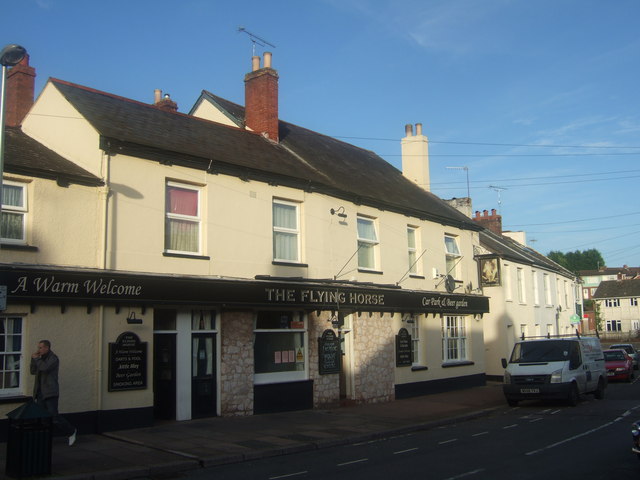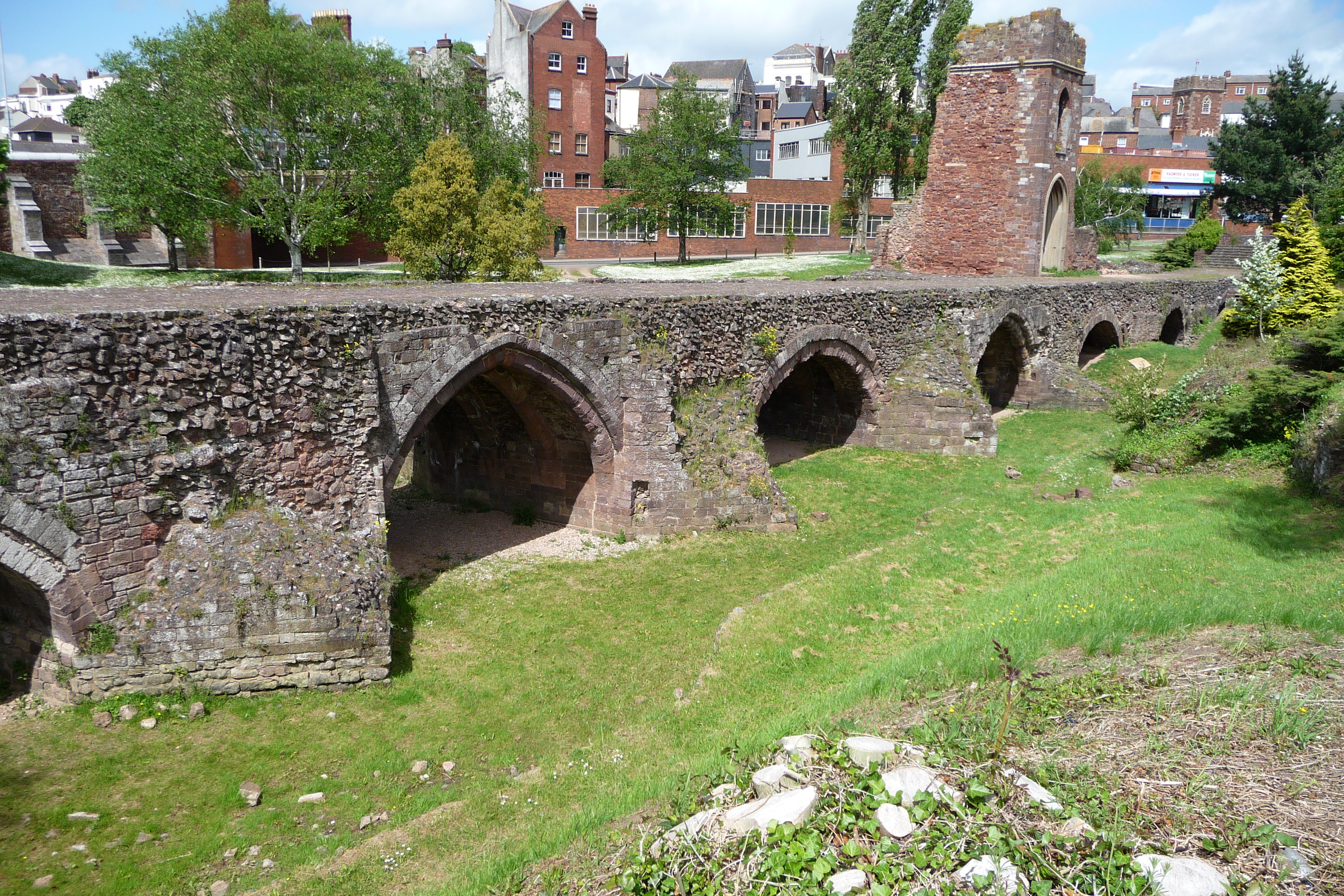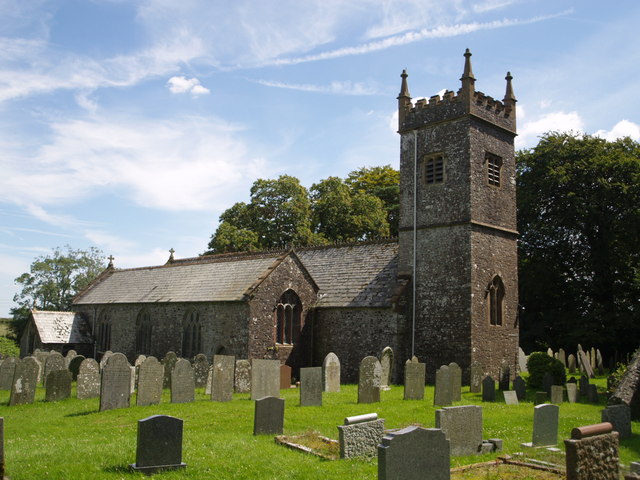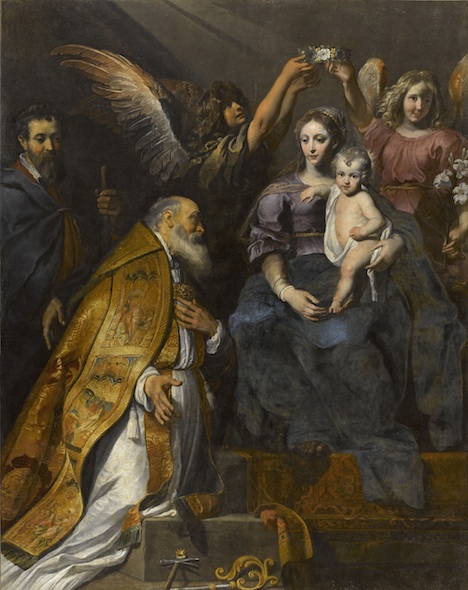|
Wonford
Wonford is a former village, manor and ecclesiastical parish in Devon, England, now a part of the City of Exeter. The 13th century St Loye's Chapel situated within the parish now gives its name to the surrounding location. Wonford is situated next to the former parish of Heavitree, now both covered by the suburbs of Exeter. History Originally, Wonford was a royal estate named after a stream (now called the Northbrook) that rose on the southern slopes of Stoke Hill and flowed through Northbrook Park. In 937 the name was ''wynford'' meaning "fair stream". The land surrounding Exeter had been part of the estates of the Celtic kings from before the Roman occupation and in the 7th century these lands continued to be a large royal estate of the Saxon Kings. These lands were gradually reduced in size, until the only remaining hunting ground remaining at the Norman Conquest of England in 1066 was Duryard, north of the city. Historically it was part of Wonford Hundred, as was Exeter ... [...More Info...] [...Related Items...] OR: [Wikipedia] [Google] [Baidu] |
Royal Devon And Exeter Hospital
The Royal Devon and Exeter Hospital (commonly referred to as RD&E), and with a main site sometimes known as Wonford Hospital, is a large teaching hospital situated in Exeter, Devon, England, and is run by the Royal Devon University Healthcare NHS Foundation Trust. The hospital has multiple sites, with the main site at Wonford in the former grounds of the Wonford House Hospital (run separately by the Devon Partnership NHS Trust). The hospital also operates the nearby Heavitree hospital site, which was formerly the Exeter City Hospital, as well as satellite sites including Whipton Hospital. The hospital is used for the clinical training of medical students from the University of Plymouth and the University of Exeter. History Southernhay In the mid-18th century, Alured Clarke, the newly appointed Dean of Exeter who had already helped with the establishment of a cottage hospital in Winchester (which has since become the Royal Hampshire County Hospital), proposed the idea of a new ... [...More Info...] [...Related Items...] OR: [Wikipedia] [Google] [Baidu] |
Milton Damerel
Milton Damerel is a village, parish and former manor in north Devon, England. Situated in the political division of Torridge, on the river Waldon, it covers . It contains many tiny hamlets including Whitebeare, Strawberry Bank, East Wonford and West Wonford. The parish has a population of about 450. The village is situated about from Holsworthy, from Bideford and from Barnstaple. The A388 is the main road through the parish. History Milton Damerel's settlement dates back to Saxon times. Pre-Norman settlements included: *Gidcott (Latinized to ''Giddescotta''), the cott or semi-independent estate of an Anglo-Saxon man named Gidde. *Middleton (''Mideltona'') i.e. Middle Town, which became 'Milton'. *Wonford (''Wonforda'') i.e. West Wonford. The Saxon name signified "a ford suitable for heavy wagons". Following the Norman Conquest of 1066, William the Conqueror granted West Wonford, with twenty-eight other manors in Devon, to Ruald Adobed, but it later escheated to the Crow ... [...More Info...] [...Related Items...] OR: [Wikipedia] [Google] [Baidu] |
Walter Gervais
Walter Gervais ( fl. 1218) of the City of Exeter in Devon, England, was a wealthy merchant who served several times as Mayor of Exeter and who founded the Old Exe Bridge on the west side of the City crossing the River Exe. He is one of Prince's ''Worthies of Devon''. Career Walter served several times as Mayor of Exeter and was buried together with his wife in St Edmund's Church on the Exe Bridge. Founds Exe Bridge One of the earliest historians to comment on the Exe Bridge was Richard Izacke (c.1624–1698), who in his 1677 work ''Antiquities of the City of Exeter'' wrote as follows: :''1250: Walter Gervis, a worthy citizen hereof founded Exbridge and collected (say some) £3,000 towards the building it, wherewith he purchased much land and bequeathed also his own for the maintenance of the same (ferry being here formerly kept) on which bridge a church was built (wherein this Gervis was now interred) dedicated to St Edmond, King of the East Angles''. Surviving documentary evi ... [...More Info...] [...Related Items...] OR: [Wikipedia] [Google] [Baidu] |
Exeter
Exeter () is a city in Devon, South West England. It is situated on the River Exe, approximately northeast of Plymouth and southwest of Bristol. In Roman Britain, Exeter was established as the base of Legio II Augusta under the personal command of Vespasian. Exeter became a religious centre in the Middle Ages. Exeter Cathedral, founded in the mid 11th century, became Anglican in the 16th-century English Reformation. Exeter became an affluent centre for the wool trade, although by the First World War the city was in decline. After the Second World War, much of the city centre was rebuilt and is now a centre for education, business and tourism in Devon and Cornwall. It is home to two of the constituent campuses of the University of Exeter: Streatham and St Luke's. The administrative area of Exeter has the status of a non-metropolitan district under the administration of the County Council. It is the county town of Devon and home to the headquarters of Devon County Council. A p ... [...More Info...] [...Related Items...] OR: [Wikipedia] [Google] [Baidu] |
Wonford Hundred
The hundred of Wonford was the name of one of 32 ancient administrative units of Devon, England. The parishes in the hundred were: * Alphington * Brampford Speke * Bridford * Chagford * Cheriton Bishop * Christow * Combeinteignhead * Drewsteignton * Dunsford * East Ogwell * The following Exeter parishes: ** Allhallows Goldsmith St. ** Allhallows on the Wall ** Bedford Precinct ** Cathedral ** Heavitree ** Holy Trinity ** St David ** St Edmund ** St George ** St John ** St Kerrian ** St Lawrence ** St Leonard ** St Martin ** St Mary Arches ** St Mary Major ** St Mary Steps ** St Olave ** St Pancras ** St Paul ** St Petrock ** St Sidwell ** St Stephen ** St Thomas the Apostle; * Gidleigh * Haccombe * Hittisleigh * Holcombe Burnell * Huxham * Pinhoe * Poltimore * Rewe (part) * Shaldon * South Tawton * Sowton * Spreyton * Stoke Canon * Stokeinteignhead * Tedburn St Mary * Throwleigh * Topsham * Upton Pyne * West Ogwell West Ogwell is a village and former civil parish and ... [...More Info...] [...Related Items...] OR: [Wikipedia] [Google] [Baidu] |
Thornbury, Devon
Thornbury is a small village and civil parish in the local government district of Torridge, Devon, England. The parish, which lies about north-east of the town of Holsworthy, comprises the five hamlets of Thornbury, Woodacott, Brendon, Lashbrook and South Wonford. These five hamlets are spread over an area of some , with a distance of from Brendon to Thornbury Church. Hence, the community is quite widespread, with the only focal point being the Green at Woodacott Cross. The parish is surrounded clockwise from the north by the parishes of Milton Damerel, Bradford, Cookbury and Holsworthy Hamlets. In 2011, its population was 290, in 120 households, little changed from the 291 residents it had in 1901. The parish church, dedicated to St Peter, is in the hamlet of Thornbury and has a fine Norman south doorway dated to around 1150. Although most of the rest of the fabric dates to the early 14th century, it was partly hidden by a heavy restoration in 1876 during which the tower was a ... [...More Info...] [...Related Items...] OR: [Wikipedia] [Google] [Baidu] |
St Loye
Saint Eligius (also Eloy, Eloi or Loye; french: Éloi; 11 June 588 – 1 December 660 AD) is the patron saint of goldsmiths, other metalworkers, and Coin collecting, coin collectors. He is also the patron saint of veterinarians, the Royal Electrical and Mechanical Engineers (REME), a corps of the British Army, but he is best known for being the patron saint of horses and those who work with them. Eligius was chief counsellor to Dagobert I, Merovingian king of France. Appointed the bishop of Noyon-Tournai three years after the king's death in 642, Eligius worked for 20 years to convert the Paganism, pagan population of Flanders to Christianity. Biography Eligius was born at the villa of Captelat, six miles north of Limoges, in Aquitaine (now France), into an educated and influential Gallo-Roman family. His father, recognising unusual talent in his son, sent him to the goldsmith Abbo, master of the mint at Limoges. Later Eligius went to Neustria, the palace of the Franks, where h ... [...More Info...] [...Related Items...] OR: [Wikipedia] [Google] [Baidu] |
Cross Beside Ruins Of St Loyes Chapel, Exeter - Geograph
A cross is a geometrical figure consisting of two intersecting lines or bars, usually perpendicular to each other. The lines usually run vertically and horizontally. A cross of oblique lines, in the shape of the Latin letter X, is termed a saltire in heraldic terminology. The cross has been widely recognized as a symbol of Christianity from an early period.''Christianity: an introduction'' by Alister E. McGrath 2006 pages 321-323 However, the use of the cross as a religious symbol predates Christianity; in the ancient times it was a pagan religious symbol throughout Europe and western Asia. The effigy of a man hanging on a cross was set up in the fields to protect the crops. It often appeared in conjunction with the female-genital circle or oval, to signify the sacred marriage, as in Egyptian amu ... [...More Info...] [...Related Items...] OR: [Wikipedia] [Google] [Baidu] |
Ruins Of St Loye's Chapel, Exeter - Geograph
Ruins () are the remains of a civilization's architecture. The term refers to formerly intact structures that have fallen into a state of partial or total disrepair over time due to a variety of factors, such as lack of maintenance, deliberate destruction by humans, or uncontrollable destruction by natural phenomena. The most common root causes that yield ruins in their wake are natural disasters, armed conflict, and population decline, with many structures becoming progressively derelict over time due to long-term weathering and scavenging. There are famous ruins all over the world, with notable sites originating from ancient China, the Indus Valley and other regions of ancient India, ancient Iran, ancient Israel and Judea, ancient Iraq, ancient Greece, ancient Egypt, Roman sites throughout the Mediterranean Basin, and Incan and Mayan sites in the Americas. Ruins are of great importance to historians, archaeologists and anthropologists, whether they were once ind ... [...More Info...] [...Related Items...] OR: [Wikipedia] [Google] [Baidu] |
Cenwealh
Cenwalh, also Cenwealh or Coenwalh, was King of Wessex from c. 642 to c. 645 and from c. 648 until his death, according to the '' Anglo-Saxon Chronicle'', in c. 672. Penda and Anna Bede states that Cenwalh was the son of the King Cynegils baptised by Bishop Birinus. He was also the great-great grandson of Cerdic. The '' Anglo-Saxon Chronicle'' offers several ancestries for Cynegils, and the relationship of Cynegils and Cenwalh to later kings is less than certain. It has been noted that the name Cenwalh is of British rather than Anglo-Saxon etymology. Although Cynegils is said to have been a convert to Christianity, Bede writes that Cenwalh:refused to embrace the mysteries of the faith, and of the heavenly kingdom; and not long after also he lost the dominion of his earthly kingdom; for he put away the sister of Penda, king of the Mercians, whom he had married, and took another wife; whereupon a war ensuing, he was by him expelled his kingdom...Bede, III, 7. Cenwalh took refuge ... [...More Info...] [...Related Items...] OR: [Wikipedia] [Google] [Baidu] |
Wessex
la, Regnum Occidentalium Saxonum , conventional_long_name = Kingdom of the West Saxons , common_name = Wessex , image_map = Southern British Isles 9th century.svg , map_caption = Southern Britain in the ninth century , event_start = Established , year_start = 519 , event_end = English unification , year_end = 12 July 927 , event1 = , date_event1 = , event_pre = Settlement , date_pre = 5th–6th century , event_post = Norman conquest , date_post = 14 October 1066 , border_s2 = no , common_languages = Old English *West Saxon dialect British Latin , religion = PaganismChristianity , leader1 = Cerdic (first) , leader2 = Ine , leader3 = Ecgberht , leader4 = Alfred the Great , leader5 ... [...More Info...] [...Related Items...] OR: [Wikipedia] [Google] [Baidu] |
Victorian Architecture
Victorian architecture is a series of architectural revival styles in the mid-to-late 19th century. ''Victorian'' refers to the reign of Queen Victoria (1837–1901), called the Victorian era, during which period the styles known as Victorian were used in construction. However, many elements of what is typically termed "Victorian" architecture did not become popular until later in Victoria's reign, roughly from 1850 and later. The styles often included interpretations and eclectic revivals of historic styles ''(see Historicism)''. The name represents the British and French custom of naming architectural styles for a reigning monarch. Within this naming and classification scheme, it followed Georgian architecture and later Regency architecture, and was succeeded by Edwardian architecture. Although Victoria did not reign over the United States, the term is often used for American styles and buildings from the same period, as well as those from the British Empire. Victorian arc ... [...More Info...] [...Related Items...] OR: [Wikipedia] [Google] [Baidu] |







